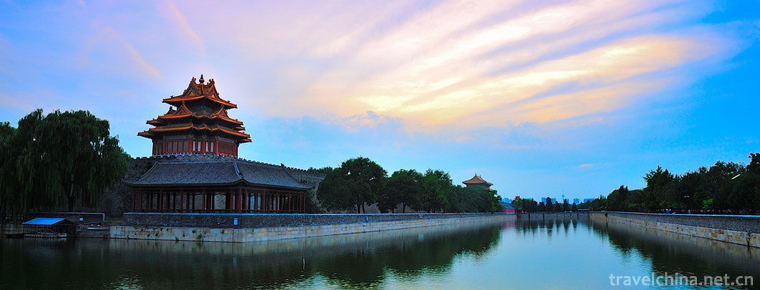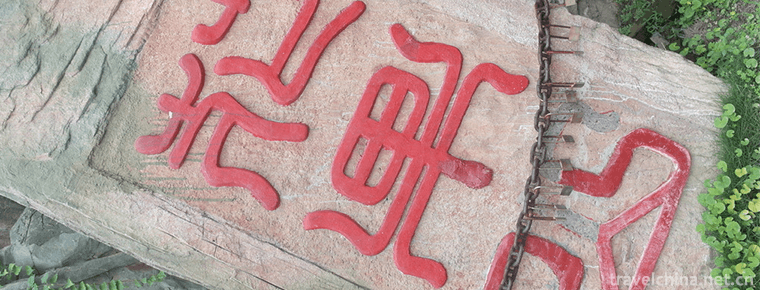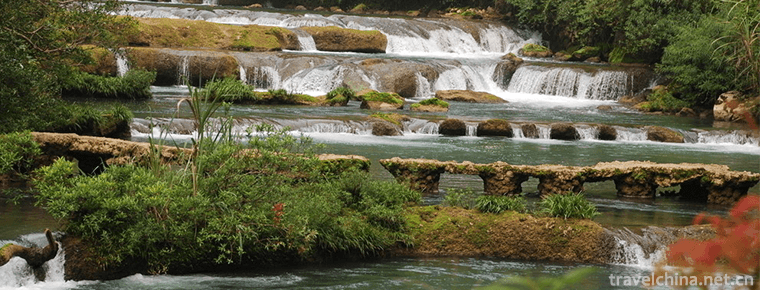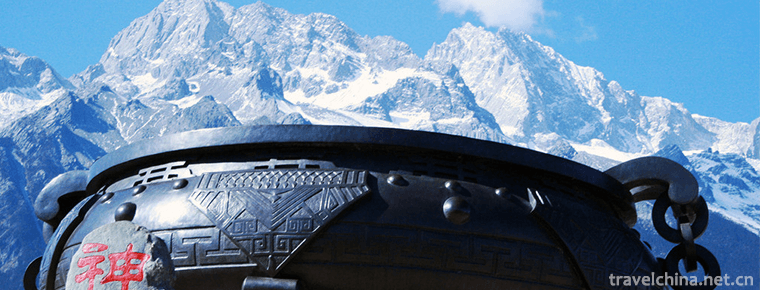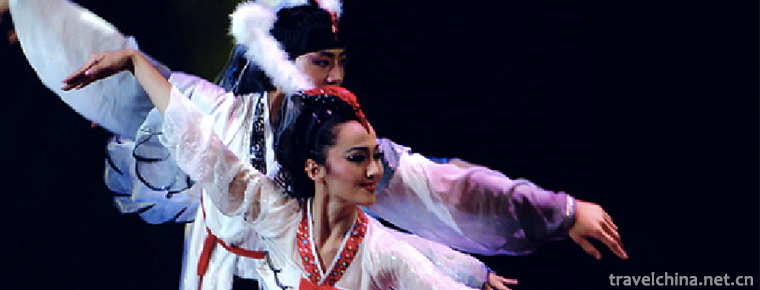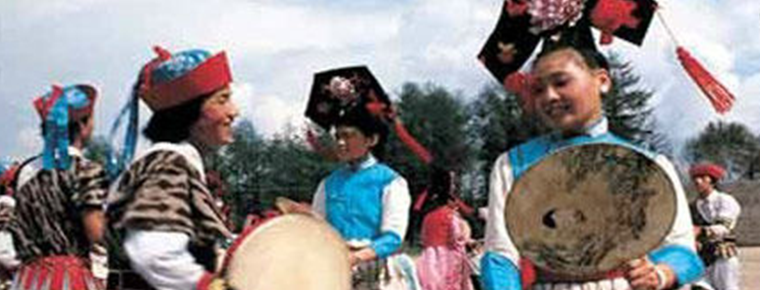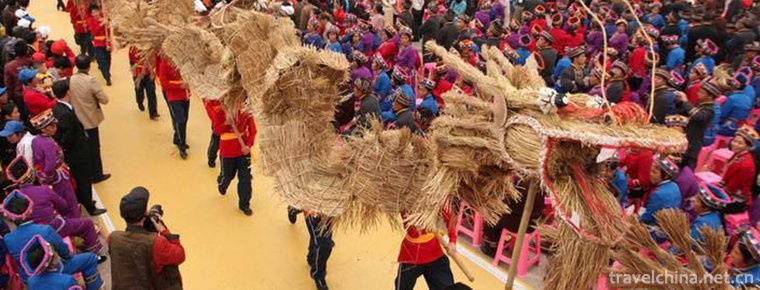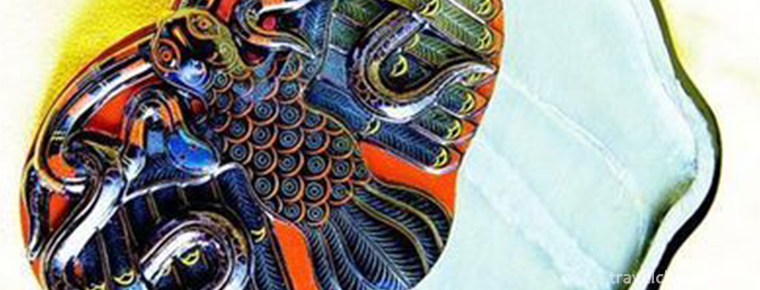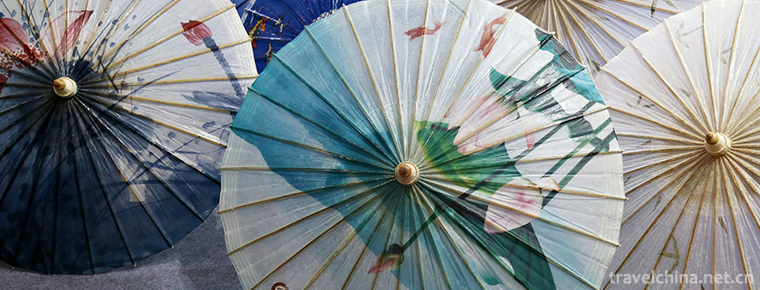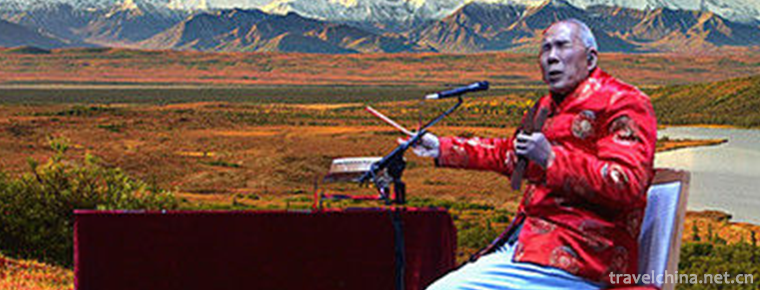Chunxi Road
Chunxi Road is located on Chunxi Road, Jinjiang District, Chengdu. It covers an area of about 20 hectares east of Beixin Street, south of Zongfu Road, west of Hongxing Road, north of Dongjie Street, Nanxin Street, Zhongxin Street and neighboring areas. Chunxi Road is bustling and prosperous, and now there are about 700 commercial outlets, with an area of about 220,000 feet. It is praised as a commercial street with Chinese characteristics by the industry.
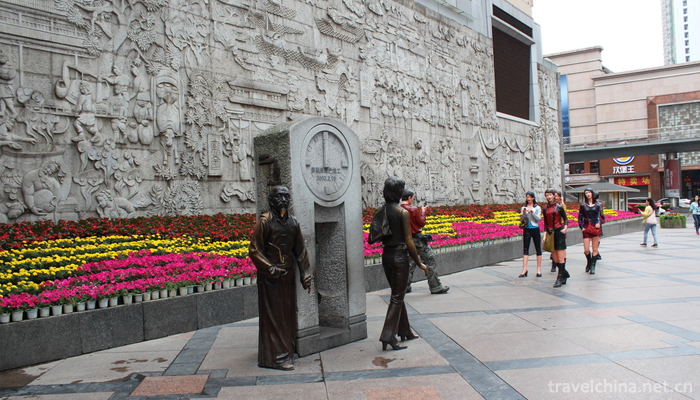
Although there was a hundred years of Chun Xi, Chunxi Road was built by warlord Yang Sen in 1924. Initially, Chunxi Road in Chengdu was named Senwei Road because of Yang Sen's title of "General Senwei". Later, it was renamed Chunxi Road to describe the scene of prosperous commerce, people's bustling and prosperous times.
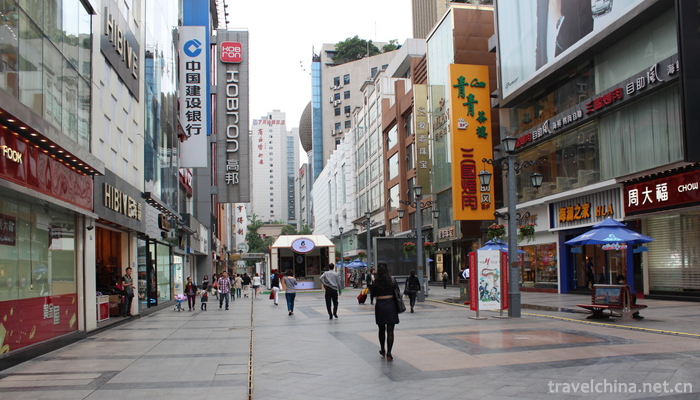
Chunxi Road was supposed to be built into a straight line, but when Zheng Shaofu, then the owner of the Fuji Pharmacy on Capital Street, was an interpreter of the French Consulate, he refused to demolish it, and Yang Sen had to compromise. So in Zhongshan Square, Chunxi East Road and Chunxi West Road, Chunxi South Road and Chunxi North Road are staggered.
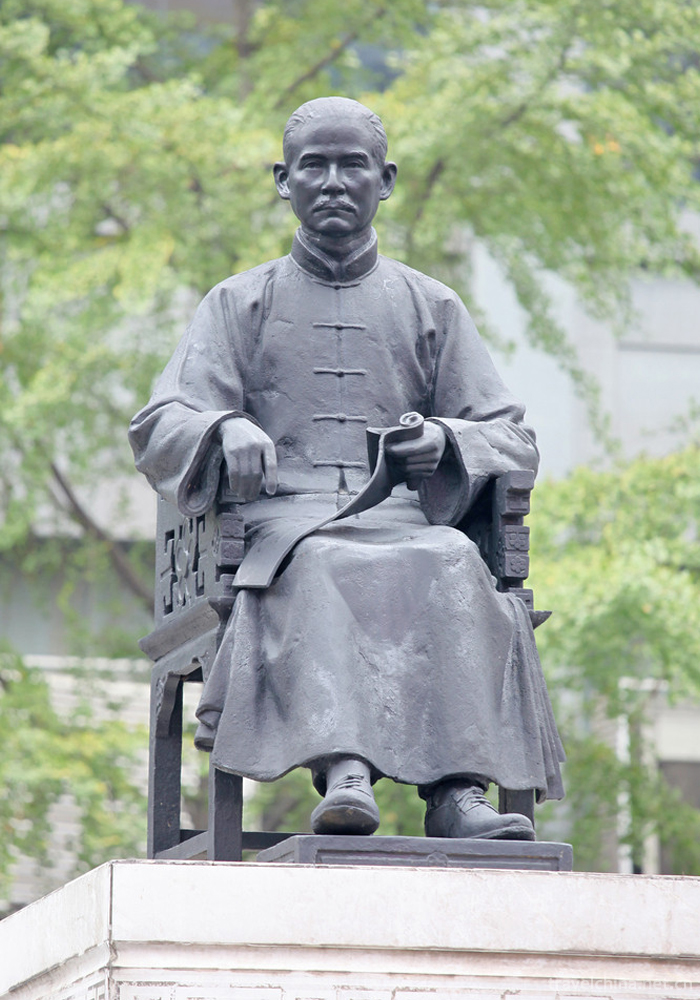
Chunxi Road was named in 1924, 87 years ago, known as the golden street of 100 years. Yang Sen, then the governor of Sichuan Province, proposed the construction. Yang Sen ordered the old Yamen to be completely demolished. A street from south to North was built here, and then two streets from east to West were built, called the eastern, western, southern and Northern sections of Chunxi Road. According to the relevant historical data, Chunxi Road's predecessors began in the merchants, was fated in the government, completed in the warlords period.
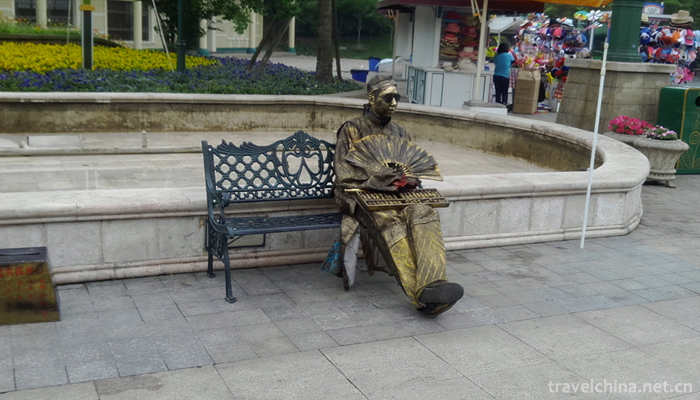
More than a hundred years ago, this was the Yamen of the Qing Dynasty, Yamen sitting north and south, covering an extremely wide area, there is a long and deep lane in front of the door, right and Nanxin Street adjacent, left and Chengshou Street, Kejia Lane border, opposite the street. After the Republic of China, the Yamen was abandoned and many shanty houses and small shops were settled in this deep alley in front of the street. A middle school was built in the old Yamen. In a flash, the old officialdom became a market, with the Hawking of vendors, the flag of the shop, the bargaining of trade, the noise of people, and the formation of small commodity markets.
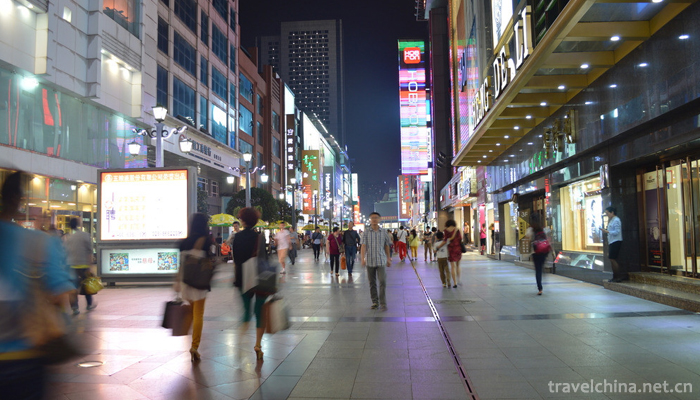
In the spring of 1924, when Yang Sen, the warlord of the governor of Sichuan, took charge of Chengdu, he began to demolish the houses around the Yamen of the former inspectors. He imitated Western Europe, improved the municipal administration and built roads. If so, a new road was built on four sections, east, west, South and north. Garden.
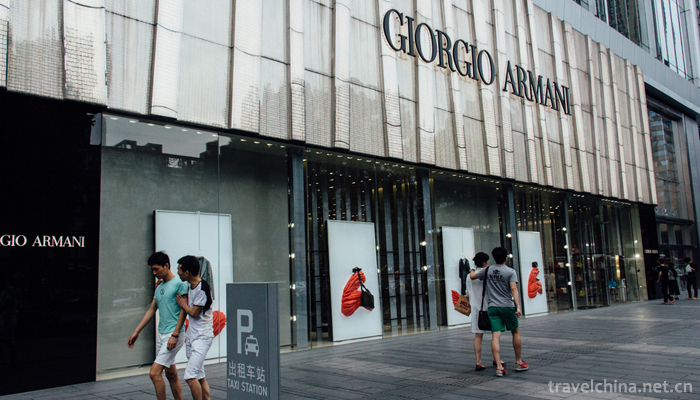
After the new road was built, Yang Sen asked a former Qing Dynasty Jiang Ziyu of Shuangliu County to name it. Jiang Ziyu knew that Yang Sen was so happy that he named this new road "Shen Wei Road". The street name seemed a bit foreign-sounding, in fact, implied meaning, intended to win the field, when the Northern Government awarded Yang Sen the title of "Senwei" General.

Yang Sen was expelled from Chengdu in the war of "unification of Sichuan" and "Senwei Road" was changed to "Chunxi Road". Why did it change its name? Why the name of Chunxi Road? The name change is, of course, the traces of Yang Sen. But there are several claims in Chunxi Road. After Yang Senbing's defeat, Jiang Ziyu suggested to the relevant politicians that the "Senwei Road" should be replaced by "Chunxi Road". Chen Yuewei, a famous calligrapher and poet who once served as secretary of Chengdu City Mayor Wang Qixu, named this street for its "warm spring breeze and people's sons coming from Xi Xi" and its name is "Chunxi Road".
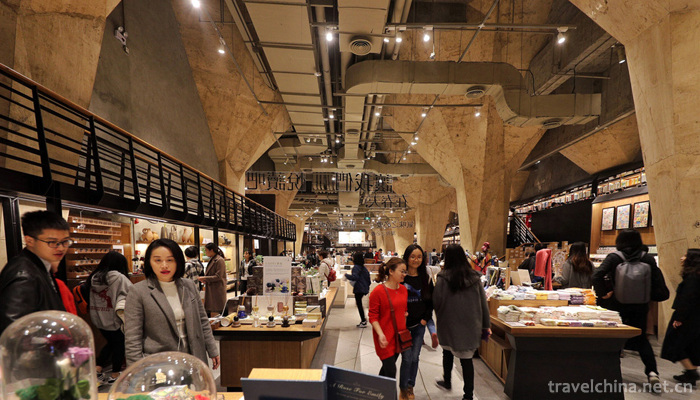
A monument with a bronze statue of Dr. Sun Yat-sen on it was erected in early 1928 at the heart of Chunxi Road Street Garden. When she was Mayor of Chengdu in 1943, she thought the bronze statue was somewhat distorted. She invited famous sculptor Liu Kaiqu to reconstruct a statue of Sun Yat-sen sitting in the garden today, which is the masterpiece of Liu Kaiqu.
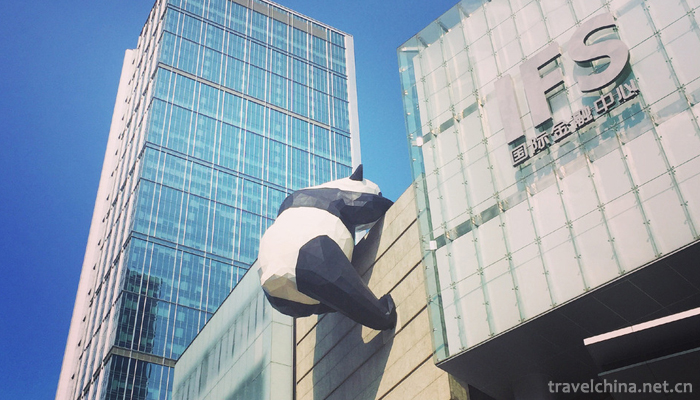
After the Cultural Revolution, Chunxi Road was changed to "Anti-imperialist Road" on August 24, 1966. Because of its special status in Chengdu, it became the main place for the Red Guard activities in Chengdu, and finally returned to "Chunxi Road".

More pic
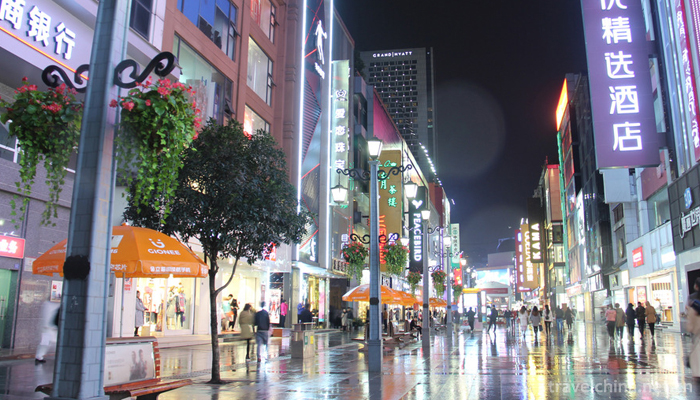
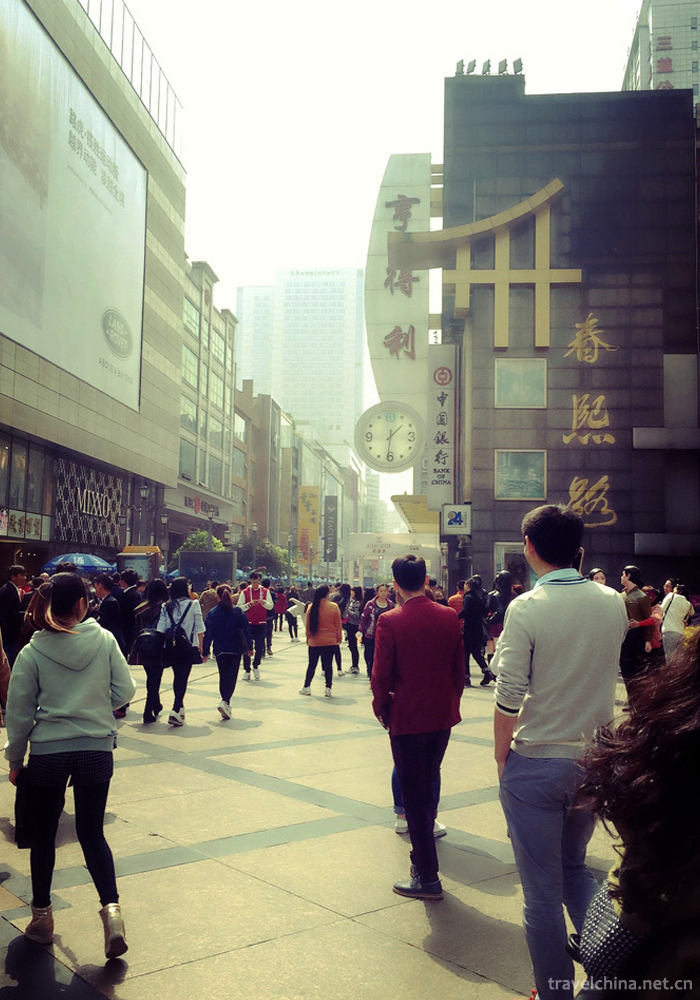

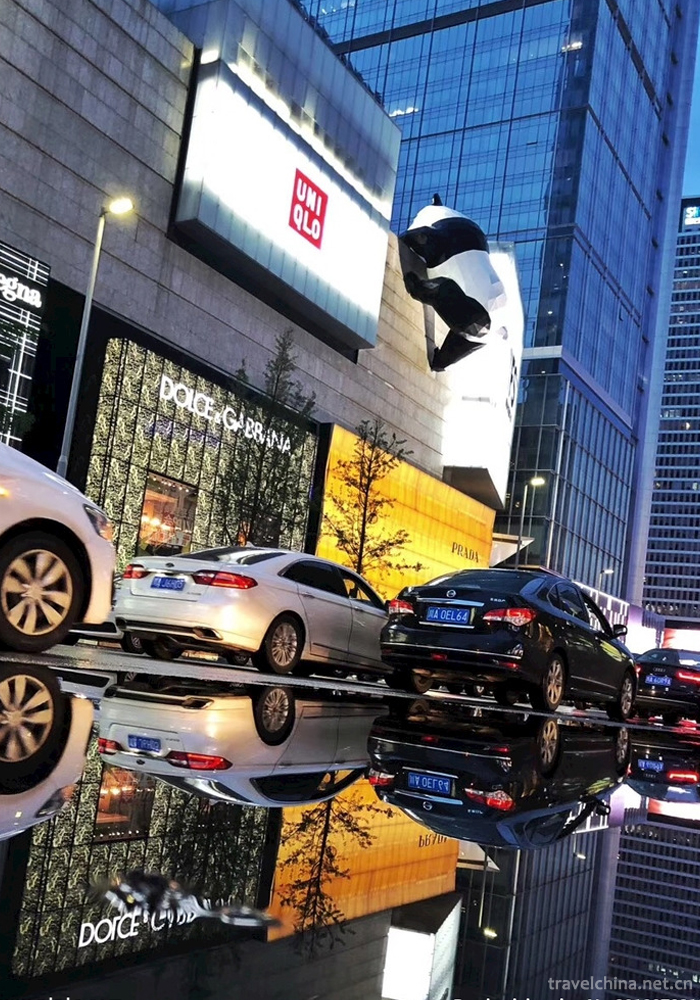
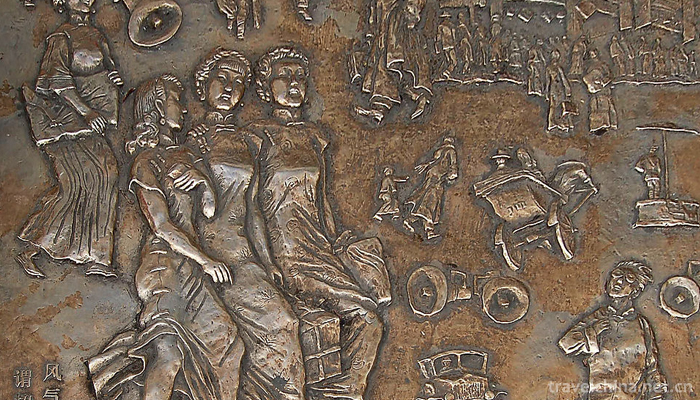
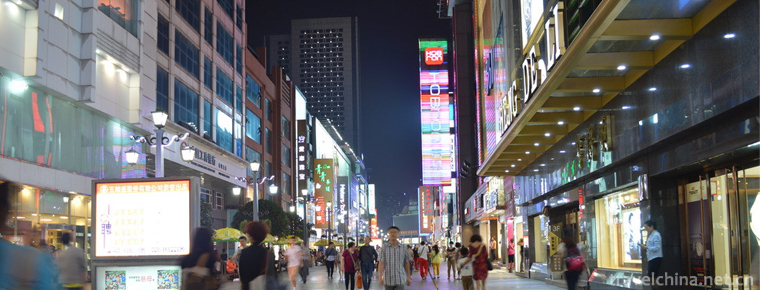
Chunxi Road
-
Twicecooked pork slices
Twice cooked pork is a traditional dish of Sichuan
Views: 218 Time 2018-10-12 -
MountHuaguoshan
Mount Huaguoshan (Lianyungang Huaguoshan Scenic Area) is located at the middle foot of Nanyuntai Mountain in Lianyungang City.
Views: 304 Time 2018-12-06 -
Libo Zhangjiang Scenic Spot
Libo Zhangjiang Scenic Spot is located in Libo County, Buyi and Miao Autonomous Prefecture, Guizhou Province, with a total area of 118.8 square kilometers. It is composed of big and small Qikong sceni
Views: 206 Time 2018-12-12 -
Dongjiang Lake Tourist Area Coconut City
Dongjiang Lake Scenic Tourist Area is located in Zixing City, Hunan Province. It is a national scenic spot, a national 5A scenic spot and a national wetland park.
Views: 208 Time 2018-12-12 -
Korean Crane Dance
Crane Dance of the Korean Nationality has a long history and is a unique dance performance form of the Korean Nationality in China. It has the national characteristics and the value of artistic resear
Views: 213 Time 2019-04-16 -
Manchu speaking Department
Manchu Folk Talk Department refers to a long prose narrative literature created and preached by Manchu folk artists, which aims to reflect the war life and emotional world of the Manchu people in hist
Views: 151 Time 2019-05-19 -
Mulao Effort Festival
Mulao people mainly live in Guangxi Zhuang Autonomous Region and call themselves "Ling" and "Jing". Yifan Festival is a unique traditional festival of Mulao nationality, with a str
Views: 120 Time 2019-06-06 -
Lacquerware Decoration Techniques
Chu-style lacquerware decoration is a traditional folk lacquerware decoration technique. By the Spring and Autumn Period and the Warring States Period, the production technology
Views: 103 Time 2019-06-10 -
Umbrella Making Skills
Oil-paper umbrella is one of the traditional handicraft products in China. As a kind of paper or cloth umbrella originating in China, it has also spread to various parts of Asia, such as Korea, Vietna
Views: 236 Time 2019-06-12 -
Zezhou Sixianshu
Zezhou Sixianshu is a popular performance form in Zezhou Prefecture, Shanxi Province in Qing Dynasty. It is named after Sixian (Sihu) as the main accompaniment instrument. There is no documentary info
Views: 362 Time 2019-07-16 -
Zhongshan Salt Water Song
Salt water song is a form of expression of Guangdong local folk songs, which is mainly spread among farmers and fishermen in the coastal and river network areas of Zhongshan, Panyu, Zhuhai and South C
Views: 102 Time 2019-08-03
